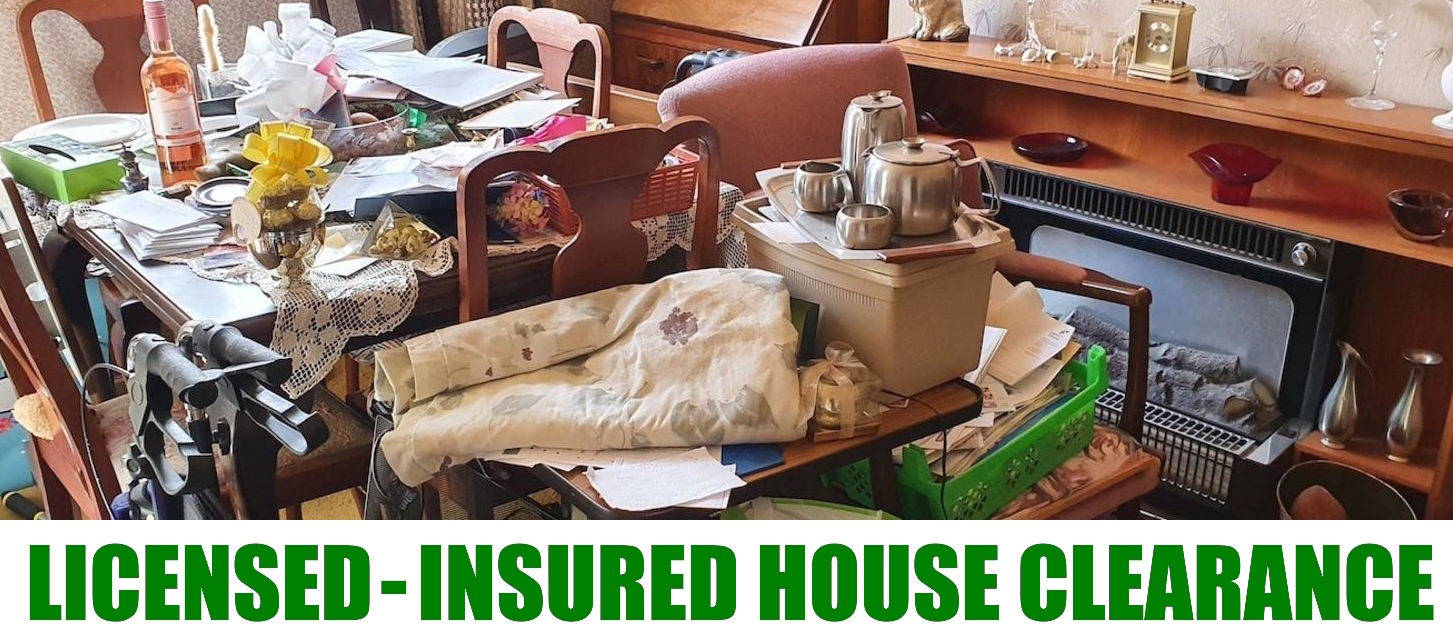Clutter and hoarding are often used interchangeably, but they are not the same thing. Clutter refers to a buildup of objects or items that can make a space feel disorganized or chaotic. Hoarding, on the other hand, is a more severe form of disorganization that is characterized by an inability to resist the urge to acquire large numbers of items, even if they are not needed or are of little value, and difficulty letting go of those items.
Hoarding can lead to clutter, as the accumulation of possessions can make it difficult to use living spaces as intended. However, not all clutter is the result of hoarding behavior. Some people may simply struggle with disorganization or have too many possessions for their living space, without experiencing the same level of difficulty discarding items or the negative consequences of hoarding.
It’s important to note that hoarding is a complex behavior and can have a variety of different causes and contributing factors. A mental health professional, such as a psychologist or therapist, can help to identify the specific factors that may be contributing to hoarding in a given individual and develop a treatment plan accordingly.




